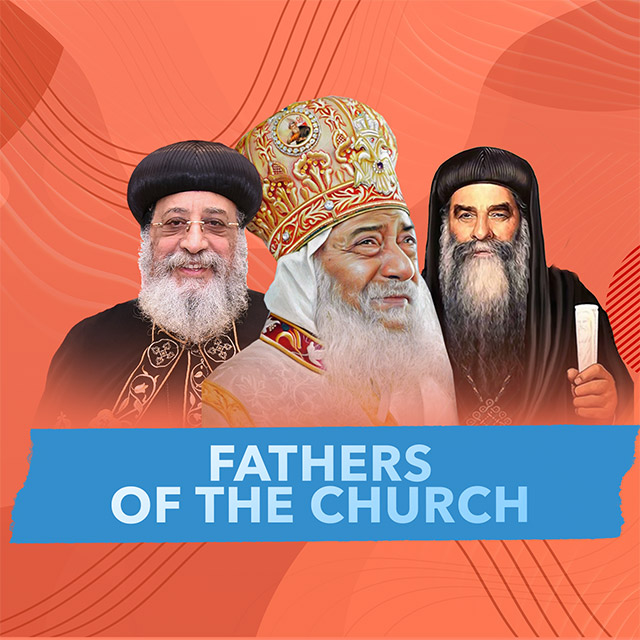During the days of Diocletian, severe persecutions took place against Christianity in general and the Copts in particular. To be fair, all the persecutions carried out by the Roman Empire against Christianity, starting from Nero, pale in comparison to the ferocity and brutality of the series of persecutions initiated by Diocletian and completed by his followers. On February 23, 303 AD, Diocletian, in agreement with his advisors, issued a decree ordering the destruction of churches, the burning of sacred scriptures, the expulsion of all high-ranking Christians from their positions, and the deprivation of their civil rights. Slaves were also to be denied freedom if they insisted on professing Christianity. The decree also stipulated that anyone who disobeyed it would be punished, though the specific punishment was not detailed (1). In March 303 AD, Diocletian issued two successive decrees, the first ordering the imprisonment of all church leaders, and the second commanding their torture with the aim of forcing them to renounce their faith (2). As a result of these persecutions, hundreds of thousands of Copts were martyred. Although Diocletian did not begin his persecution of Christians until 303 AD, due to the severity of this persecution, the Coptic Church took the beginning of his reign in 284 AD as the start of its calendar, which is known as the Calendar of Martyrs (2). The Coptic Calendar of Martyrs follows the system of the ancient Egyptian calendar, which is based on the star Spdt (Sirius) and includes 365 days in a year with a leap day. Every four years, three years consist of 365 days each, and the fourth year has 366 days, with the extra day added to the small month (the five epagomenal days), making it six days in that year. *Feasts and the Coptic Calendar of Martyrs* The Coptic Orthodox Church has arranged its feasts according to the Coptic Calendar of Martyrs. When you read the Synaxarium, you will find that all the feasts, whether they are Lord’s feasts, feasts of the Virgin Mary, angels, martyrs, or saints, are arranged according to the days of the Coptic year. The liturgical books, whether they are the books of rites or the Katamaros, follow the feasts and commemorations listed in the Synaxarium. *The Gregorian and Coptic Calendars* The Gregorian Calendar was aligned with the Coptic Calendar of Martyrs until 1582 AD when Pope Gregory XIII made a modification to the Gregorian Calendar, known as the Gregorian Reform. However, the Coptic Calendar of Martyrs remained unchanged. According to it, the length of the year is 365 days and 6 hours. This causes a difference between the solar year (Gregorian), which is 365 days, 5 hours, 48 minutes, and 46 seconds, and the year of the Coptic Calendar of Martyrs, which amounts to 11 minutes and 14 seconds. This difference accumulates over time, reaching a full day, or 24 hours, every 128 years, resulting in a 13-day difference between the Gregorian Calendar and the Coptic Calendar of Martyrs in our present time.
Related Knowledge Base Posts
- Why do demons ake control of some people? (4 minutesread)
- How did we receive the Holy Scriptures?, what is the composition of the bible? (1 minuteread)
- How the Old Testament Books Came to Us: (1 minuteread)
- What is the truth behind the Guardian Angel in the Orthodox Church? (2 minutesread)
- What is the Church’s ruling on a person who leaves their faith and then returns?* (1 minuteread)
- What are the signs of the second coming? (5 minutesread)
- How did Saint Augustin describe his mother? (1 minuteread)
- What are the various names of God in the Bible? (3 minutesread)
- What are the Seven Sorrows in the Life of the Holy Virgin Mary? (1 minuteread)
- Glory to God, so why do we glorify the Virgin Mary? (2 minutesread)
- Can you give us a brief history of Egypt through the Ages? (3 minutesread)
- What is the meaning of Lighting Candles in the Church? (3 minutesread)
- What happened to those who attacked the Holy Bible, and what happened to their ideas? (2 minutesread)
- What is the Feast of the Transfiguration? (3 minutesread)
- Why were Moses and Elijah with Christ on the Mount of Transfiguration? (2 minutesread)
- Can you explain the creatures mentioned in Chapter 13 of the Book of Revelation? (4 minutesread)
- Is there a conflict between God and Money? (6 minutesread)
- What is the Christianity’s view on Magic? (2 minutesread)
- Why would God allow Satan to tempt him? (2 minutesread)














